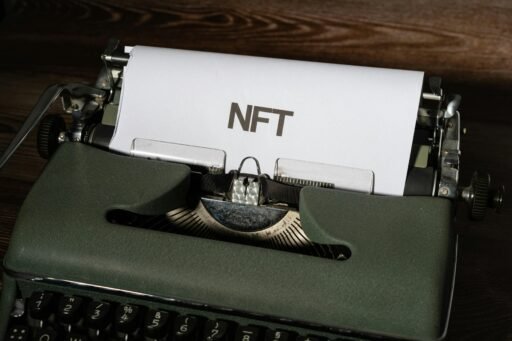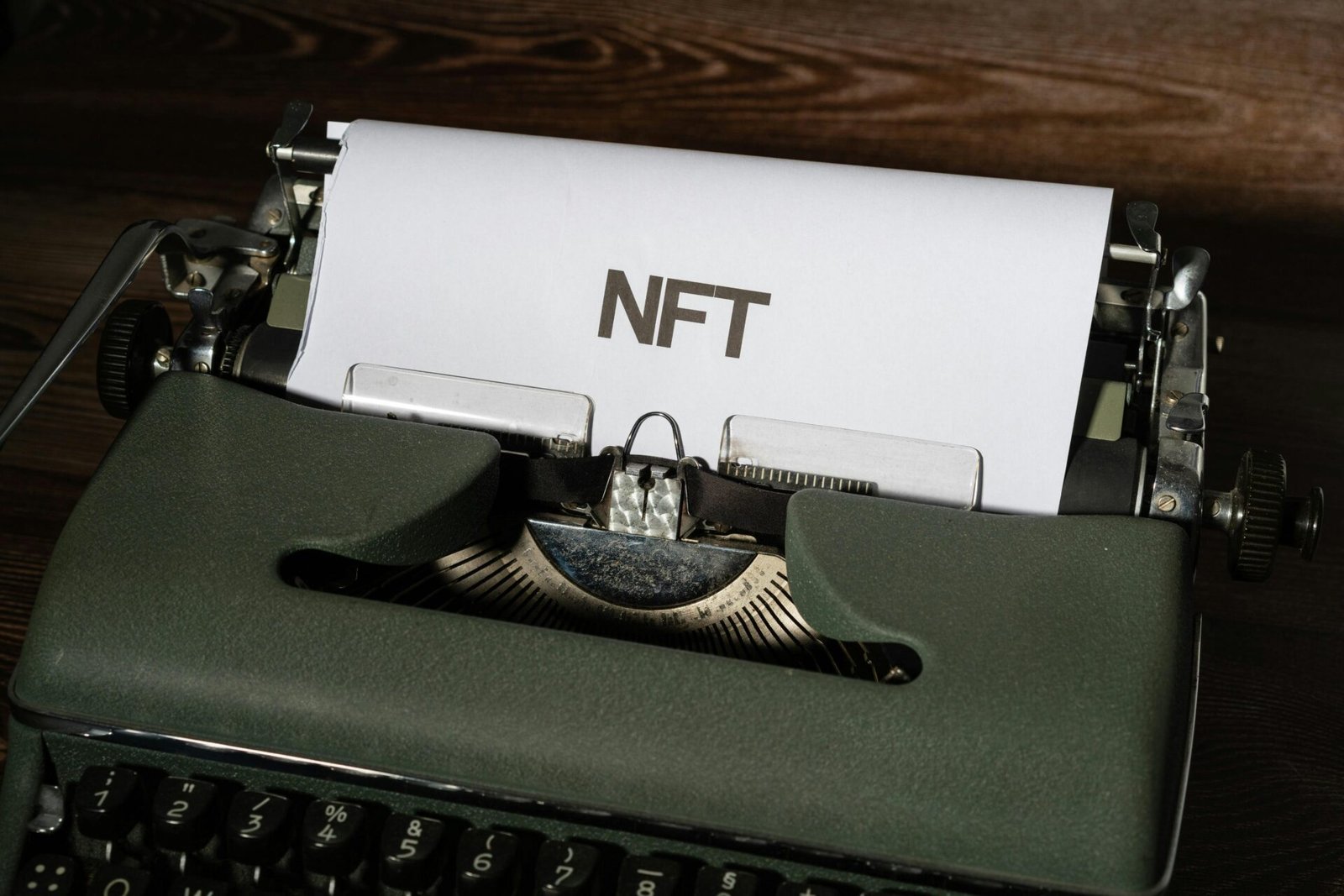In recent years, the digital world has witnessed an explosion of innovation. Among the most talked-about phenomena, non-fungible tokens, or NFTs, have captured global attention. These unique digital assets promise ownership in ways previously unimaginable. But are they truly as revolutionary as enthusiasts claim, or is this just another bubble waiting to burst?
What Exactly Are NFTs?
To understand their appeal, it’s crucial to grasp what these tokens represent. Unlike cryptocurrencies such as Bitcoin or Ethereum, which are interchangeable, NFTs are one-of-a-kind. Think of them as digital certificates tied to specific items — art, music, videos, or even tweets. Blockchain technology ensures their authenticity, making forgery nearly impossible. Essentially, owning one means you hold a verified piece of digital history.
Why Did They Suddenly Explode?
Timing often plays a pivotal role in technological breakthroughs. During the pandemic, people spent more time online, exploring new ways to connect, create, and invest. Artists sought alternative income streams as galleries closed their doors. Simultaneously, crypto adoption surged, providing the perfect storm for NFTs to flourish.
The first major sale that grabbed headlines was Beeple’s digital artwork, “Everydays: The First 5000 Days,” selling for a staggering $69 million at Christie’s. This event marked a turning point, signaling that digital art could hold value comparable to physical masterpieces. Suddenly, everyone wanted in on the action.
The Allure of Digital Ownership
Owning something irreplaceable carries a certain prestige. For centuries, collectors have sought rare items, from stamps to baseball cards. NFTs tap into that same psychological drive but in a digital format. The idea of owning a piece of internet culture — whether it’s a meme, a virtual real estate plot, or an exclusive song — feels futuristic.
Moreover, blockchain technology guarantees transparency. Buyers can trace the history of any token, ensuring its legitimacy. This level of trust has been lacking in traditional art markets, where forgeries and undisclosed provenance issues run rampant.
Critics Speak Out
Despite the buzz, not everyone is convinced. Many argue that NFTs are overhyped, with prices driven more by speculation than intrinsic value. Critics liken the current craze to the dot-com bubble of the late ’90s, where inflated valuations eventually led to catastrophic crashes.
Environmental concerns also cast a shadow. Minting and trading NFTs require significant energy, as they rely on blockchain networks like Ethereum. While efforts are underway to shift towards more sustainable practices, the current carbon footprint remains a contentious issue.
Are They Just for Art?
Initially, most attention focused on digital art. However, the potential applications extend far beyond visuals. Musicians, for instance, are using NFTs to sell albums directly to fans, bypassing traditional record labels. Gamers can purchase unique in-game items, which they truly own rather than merely licensing from developers.
Even real estate is entering the mix. Virtual worlds like Decentraland allow users to buy, sell, and develop land parcels as NFTs. While it might sound absurd to some, others see this as the next frontier in digital interaction.
The Role of Community
One of the most intriguing aspects of NFTs is the communities they foster. Owning a token often grants access to exclusive groups, events, or perks. For instance, the Bored Ape Yacht Club offers members-only benefits, creating a sense of belonging among its holders.
This communal aspect adds a layer of value beyond the asset itself. It’s not just about owning an image or a clip; it’s about being part of something bigger. This social currency is difficult to quantify but undeniably influential.
Risks and Rewards
Investing in NFTs isn’t without its pitfalls. Prices can be wildly volatile, with values plummeting just as quickly as they rise. Scams are rampant, with fake tokens and phishing schemes targeting unsuspecting buyers. Additionally, the lack of regulation means there’s little recourse for those who fall victim to fraud.
On the flip side, early adopters have seen astronomical returns. Those who purchased Cryptopunks or Axie Infinity assets early on reaped massive profits. However, these success stories are the exception rather than the rule.
A Cultural Shift?
Beyond the financial implications, NFTs represent a broader cultural shift. They challenge traditional notions of ownership, value, and creativity. For artists, they offer unprecedented control over their work, including the ability to earn royalties on secondary sales. For collectors, they provide a new way to engage with art and culture.
Yet, this shift isn’t without its growing pains. The rapid pace of adoption has led to a Wild West atmosphere, where innovation and exploitation often go hand in hand. Navigating this landscape requires caution, education, and a willingness to adapt.
The Future of NFTs
Predicting the trajectory of any emerging technology is tricky. Some believe NFTs will fade into obscurity, much like Beanie Babies or Myspace. Others argue they’re laying the groundwork for a decentralized internet, where ownership and identity are reimagined.
One thing is certain: the concept of digital scarcity isn’t going away. Whether through NFTs or some future iteration, the idea of owning unique digital assets will likely continue to evolve. The challenge lies in ensuring this evolution benefits creators, consumers, and the environment alike.
Final Thoughts
The rise of NFTs is a fascinating case study in how technology intersects with art, culture, and commerce. They’ve sparked debates, inspired creativity, and made headlines around the globe. Whether they’re worth the hype ultimately depends on your perspective.
For some, they represent a revolutionary way to engage with the digital world. For others, they’re a speculative bubble fueled by FOMO and greed. As with any emerging trend, the truth likely lies somewhere in between. Only time will tell if NFTs are a fleeting fad or a foundational pillar of our digital future.




